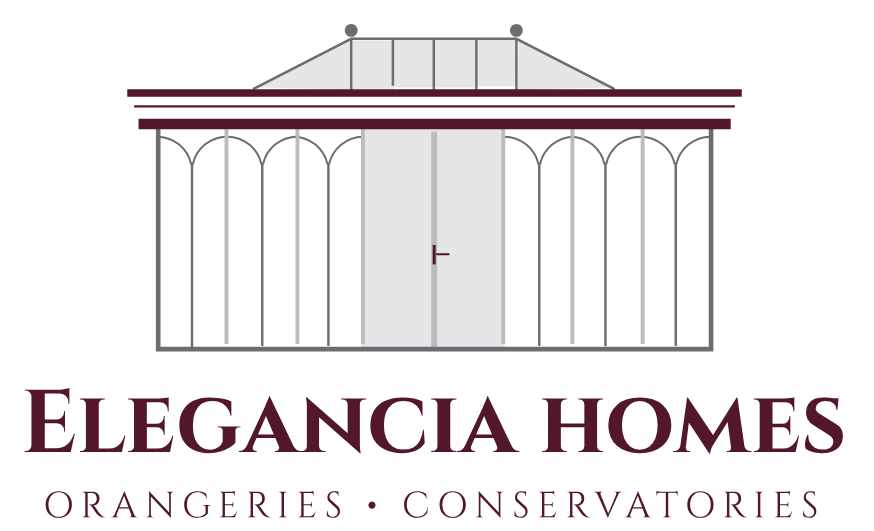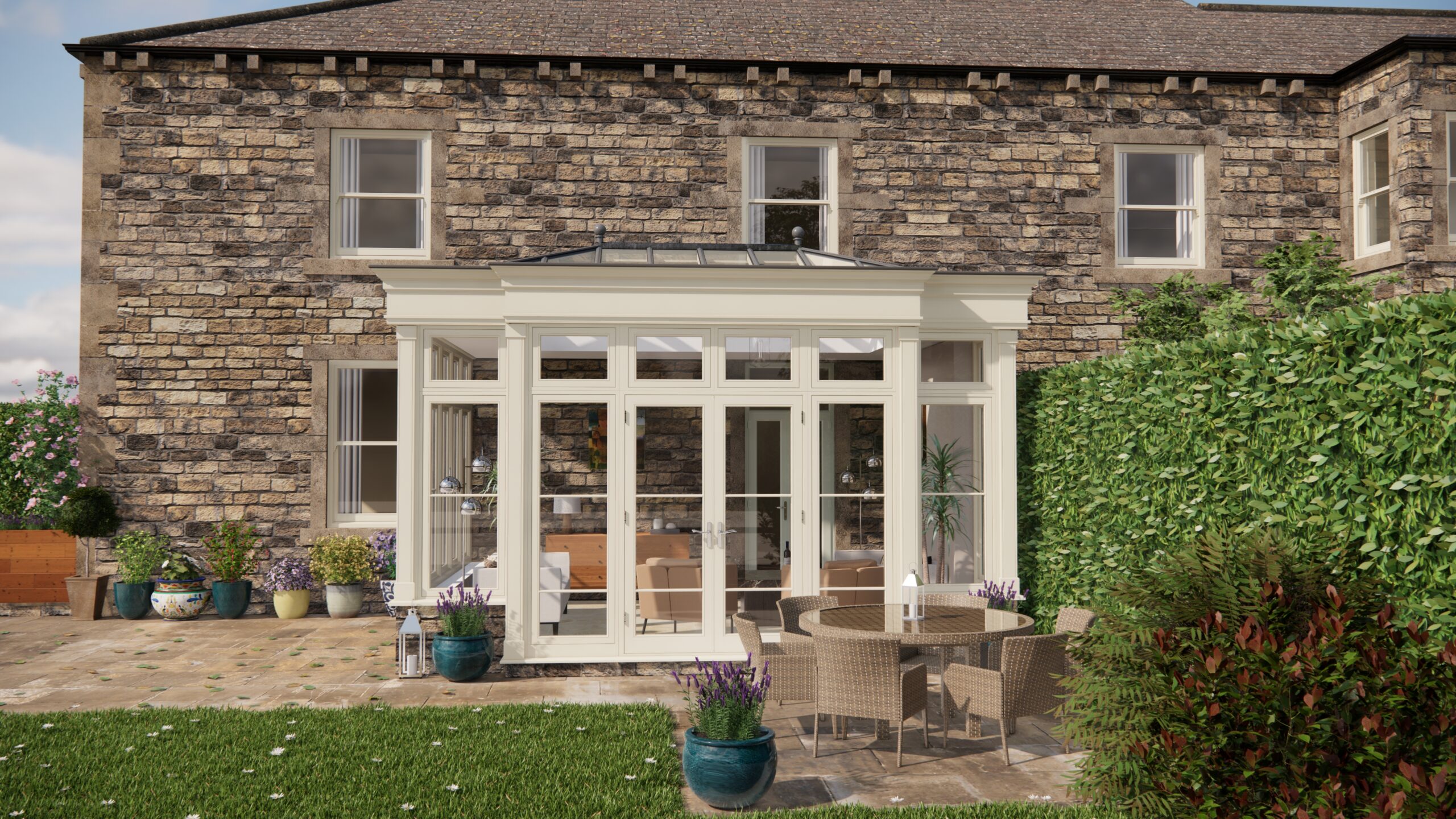The other day, I found myself in an unexpectedly enlightening conversation with my friend, Alex, who had recently gone through the process of getting a green home certification. We met over coffee, as we often do, but this time our usual banter about life and work quickly shifted to something far more intriguing. Alex had just had their property certified, and I was curious about how this could potentially bump up the value of their home. Over cappuccinos and croissants, Alex generously shared their journey with me.
“Why did you decide to go green with your home?” I asked, genuinely curious. Alex leaned back, a smile playing on their lips. “It all started with a simple desire to reduce our carbon footprint,” they said. “But as I delved deeper, I realised it could also be a savvy financial move.”
The idea of green home certifications revolves around various eco-credentials that not only make a property more sustainable but also more appealing to buyers. Alex explained that there are several certification programmes available, with some of the most popular being LEED (Leadership in Energy and Environmental Design), BREEAM (Building Research Establishment Environmental Assessment Method), and the Passivhaus Standard. Each has its own set of criteria focused on energy efficiency, water usage, air quality, and sustainable materials.
“So, how did you get started with the certification process?” I asked, taking a sip of my coffee. Alex nodded, eager to share the details. “First, I did a bit of research to decide which certification would suit my property best. After settling on BREEAM, I contacted a licensed assessor to evaluate my home.”
This assessment, they told me, involved a comprehensive review of their property’s design, construction, and operation. The assessor looked into things like insulation quality, window efficiency, and even the type of lightbulbs used. “It was a bit overwhelming at first,” Alex admitted, “but the assessor was incredibly helpful, guiding me through each step and suggesting improvements.”
One of the biggest challenges Alex faced was upgrading their home’s insulation and installing energy-efficient windows. Although it required an upfront investment, they knew it was essential for meeting the BREEAM standards and would pay off in the long run. “I also switched to LED lighting and installed low-flow water fixtures,” Alex added. “These changes were less costly but still made a significant impact.”
As the conversation flowed, I asked Alex about the financial side of things. “Did these upgrades really increase your property’s value?” I inquired. Alex nodded enthusiastically. “Absolutely! Homes with green certifications tend to sell faster and for a higher price compared to non-certified homes. Plus, the reduced energy costs make it even more appealing to potential buyers.”
According to Alex, homes with eco-credentials are particularly attractive to younger buyers who value sustainability. The market is shifting, and more people are willing to pay a premium for properties that offer energy efficiency and eco-friendly features. “And it’s not just about the resale value,” Alex added. “The government offers certain incentives and tax breaks for sustainable home improvements, which can offset some of the initial costs.”
I was fascinated to learn that Alex had also noticed a decrease in their energy bills since making the upgrades. “My monthly expenses have gone down, and it’s satisfying to know that I’m contributing to a healthier planet,” they said with a sense of pride.
We wrapped up our chat with Alex encouraging me to consider similar improvements for my home. “Start small,” they advised. “Even minor adjustments can make a difference. Plus, it’s a great way to future-proof your property.”
Walking away from that conversation, I realised that green home certifications offer more than just eco-friendliness; they provide a tangible boost in property value and appeal. By investing in these credentials, homeowners can enjoy a range of benefits—from reduced energy costs to potential government incentives—all while making a positive impact on the environment.
So, if you’re thinking about ways to increase your property’s value, consider looking into green home certifications. As Alex showed me, it’s a journey well worth taking. Not only can it enhance your home’s market value, but it also provides the satisfaction of knowing you’re doing your part for the planet. Plus, who doesn’t love the idea of saving on energy bills while enjoying a cosier, more sustainable home?


